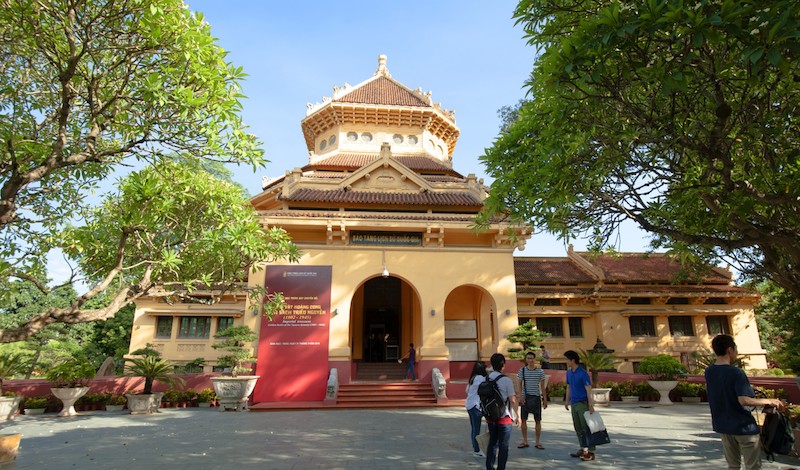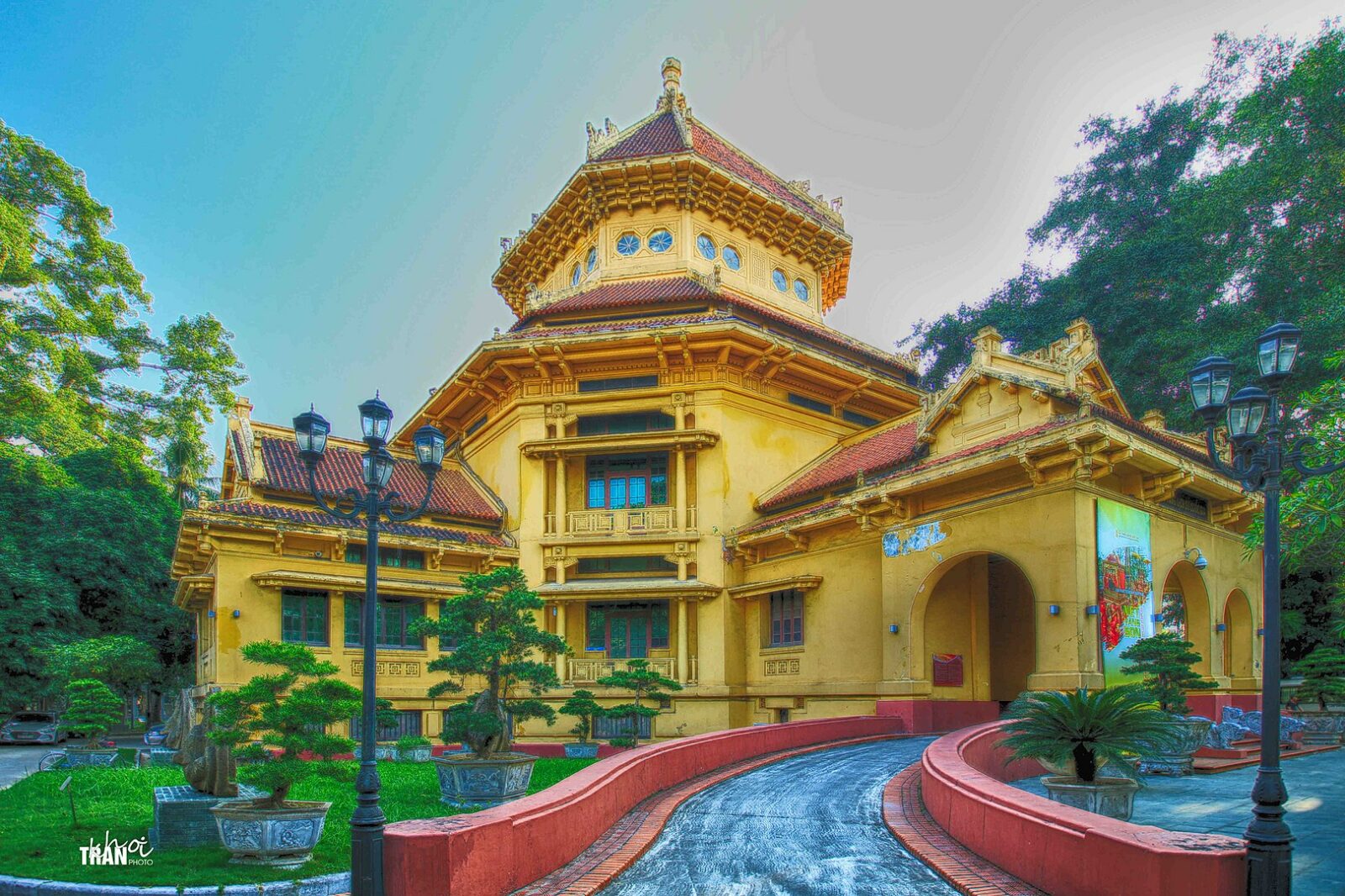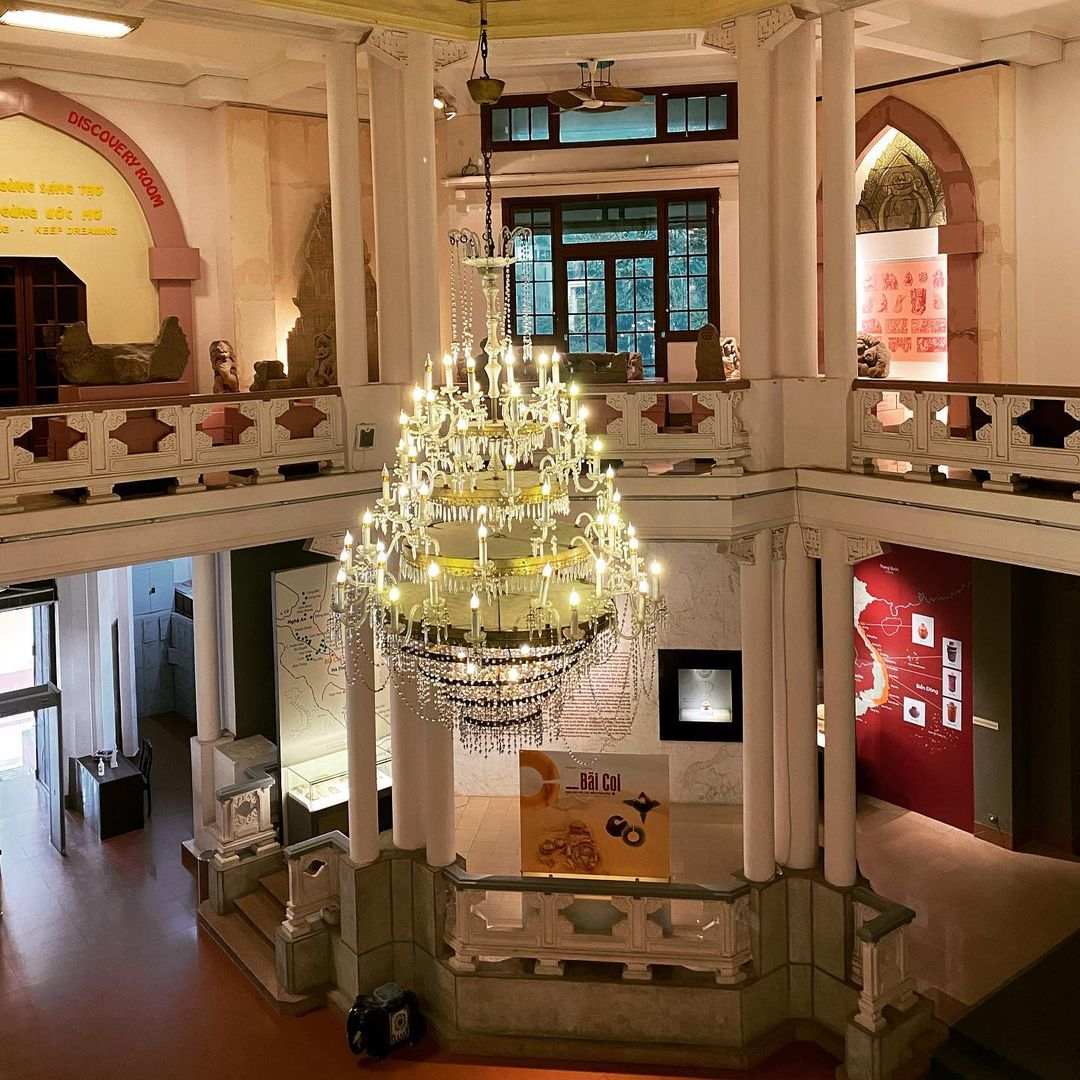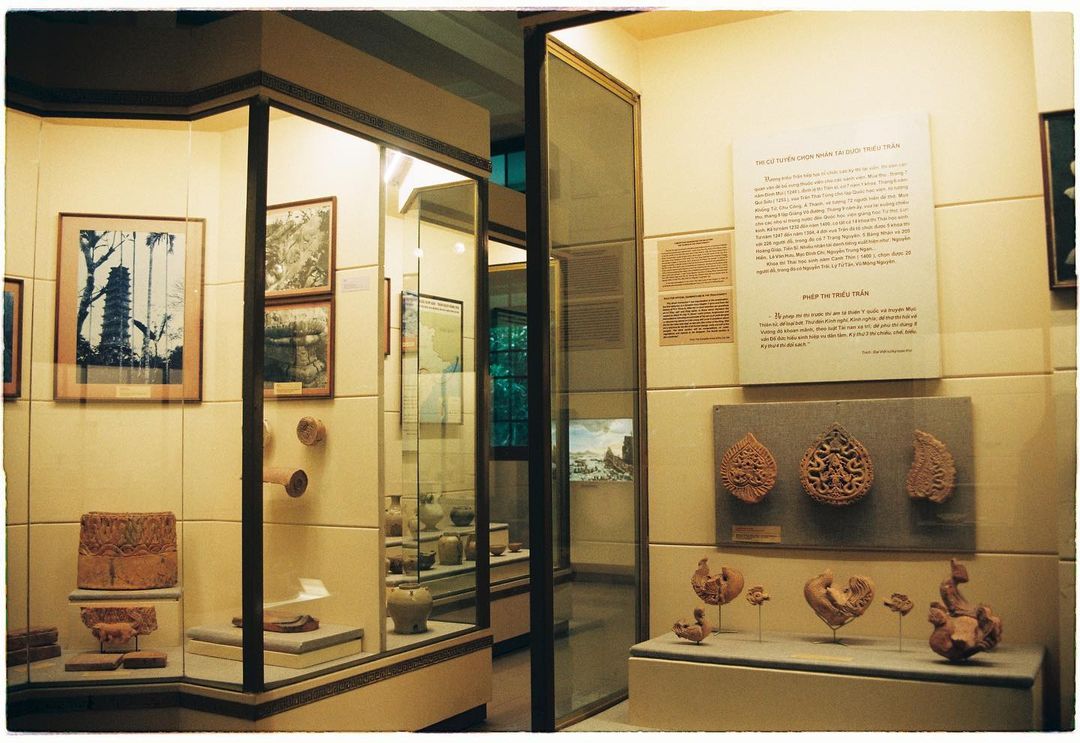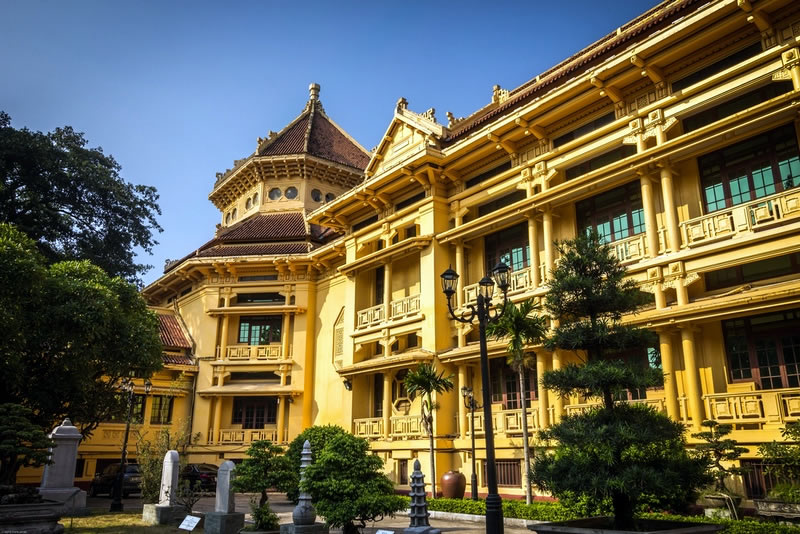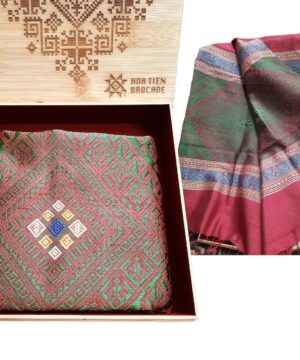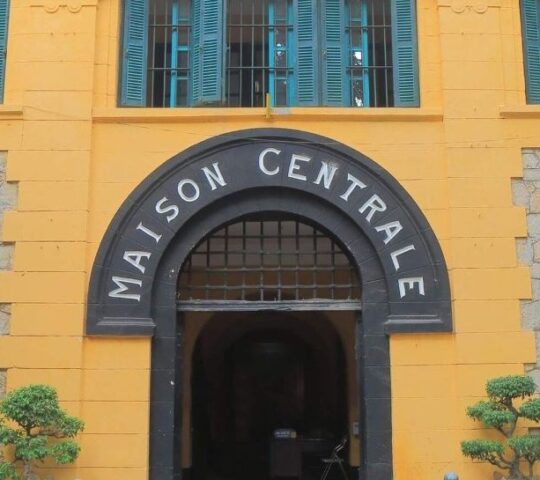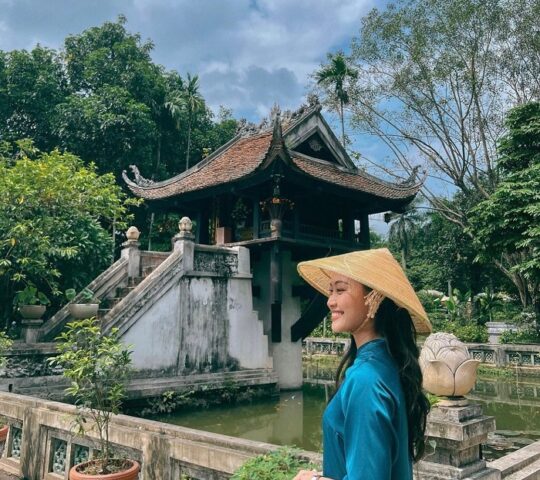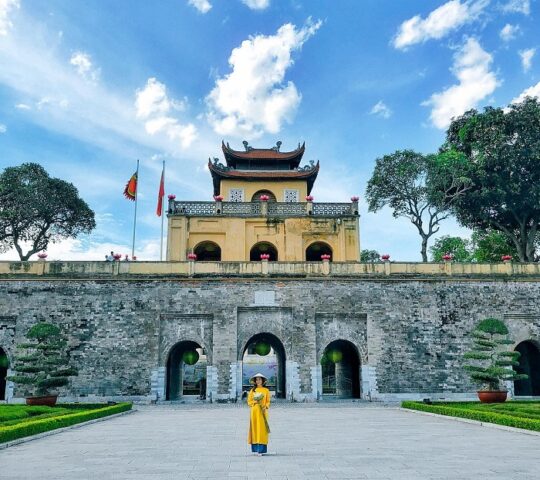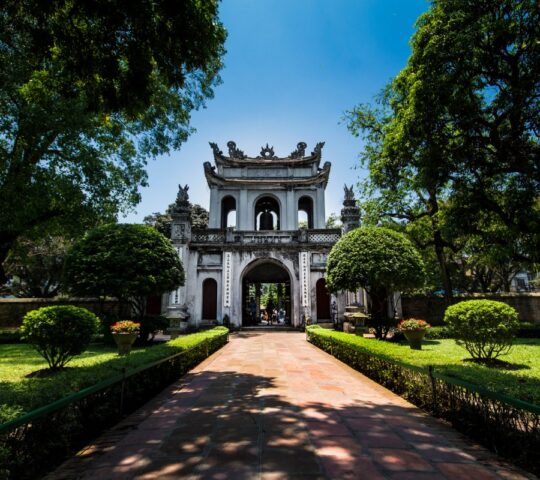Hightlight
-
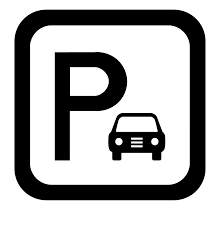 Car parking
Car parking
-
 Non smoking
Non smoking
The Vietnam National Museum of History, established on September 3, 1958, stands as a remarkable testament to the nation’s cultural heritage. Housed in a majestic building that was originally the Louis Finot Museum constructed by the French in 1929, the museum is an essential destination for anyone seeking to understand the intricate history and culture of Vietnam. This article will provide you with an in-depth exploration of the Vietnam National Museum of History, including its historical background, the treasures it holds, visiting information, and the significance it holds in preserving and sharing the rich history of Southeast Asia.
Historical Background
The roots of the Vietnam National Museum of History can be traced back to the French colonial era. The French built the Louis Finot Museum, which was inaugurated in 1932, with the intention of showcasing antiquities from Southeast Asia. This establishment marked the beginning of a long journey towards the creation of a museum that would house and protect the cultural and historical treasures of Vietnam.
With the withdrawal of the French colonial forces and the establishment of an independent Vietnam in 1954, there was a renewed emphasis on preserving and promoting the nation’s cultural heritage. As a result, the Vietnam National Museum of History was officially founded on September 3, 1958, taking over the premises of the Louis Finot Museum. This transformation not only changed the museum’s mission but also reflected the nation’s commitment to preserving its rich history and cultural heritage.
The Treasures of Vietnam National Museum of History
The Vietnam National Museum of History boasts an impressive collection of artifacts spanning centuries. The museum’s exhibits provide a comprehensive view of Vietnam’s history, from its prehistoric past to its modern-day culture. Here are some highlights:
Prehistoric Artefacts: The museum showcases ancient relics from the prehistoric periods, including tools, pottery, and sculptures that reveal the early cultural practices of the Vietnamese people.
Dong Son Drums: One of the most iconic treasures in the museum’s collection is the Dong Son drums. These bronze drums date back to the Dong Son culture, which flourished over two thousand years ago. They are not only beautiful in design but also significant for their role in Vietnamese history.
Cham Sculptures: The Cham people, who once inhabited central and southern Vietnam, left behind a rich legacy of sculpture and art. The museum houses a diverse collection of Cham sculptures, providing insight into their religious and artistic traditions.
Dynastic Antiquities: The museum’s exhibits also include artifacts from various Vietnamese dynasties, such as the Ly, Tran, and Nguyen dynasties. These include intricately designed ceramics, royal clothing, and calligraphy.
Modern History: The Vietnam National Museum of History is not limited to ancient history. It also delves into the modern history of Vietnam, including the struggles for independence and the stories of national heroes.
Visiting Information
To make the most of your visit to the Vietnam National Museum of History, it’s essential to know the visiting details:
Location: The museum is located at No. 1 Trang Tien Street, Hoan Kiem District, Hanoi, Vietnam.
Opening Hours: The museum is generally open to the public from 8:00 AM to 5:00 PM. However, it is advisable to check the museum’s official website or contact them directly for the most up-to-date information, as opening hours may vary.
Ticket Prices: Admission fees are reasonable and vary for different categories of visitors, including adults, students, and children. They also offer discounts for groups and guided tours.
Photography: Visitors are usually allowed to take photographs inside the museum, but it’s advisable to check with museum staff for any specific regulations regarding photography.
Significance of the Vietnam National Museum of History
The Vietnam National Museum of History plays a crucial role in preserving and sharing the rich history and culture of Vietnam and Southeast Asia. It not only offers a glimpse into the past but also serves as an educational resource for future generations. The museum is a symbol of national pride and identity, showcasing Vietnam’s resilience, creativity, and the enduring spirit of its people.
Conclusion
The Vietnam National Museum of History, rooted in the heritage of the French colonial era, has evolved into a symbol of Vietnamese culture, history, and identity. Its extensive collection of artifacts offers visitors a unique opportunity to explore the diverse and captivating history of Vietnam and Southeast Asia. Whether you are a history enthusiast, an art lover, or a curious traveler, a visit to this museum will undoubtedly enrich your understanding of this dynamic and culturally rich region.

